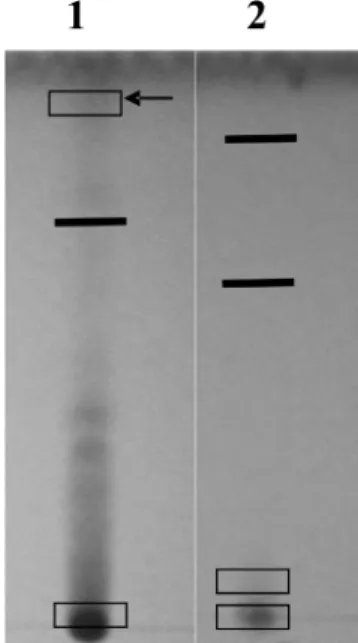In vitro ANTIMALARIAL ACTIVITY AND CYTOTOXICITY OF SOME SELECTED CUBAN MEDICINAL PLANTS
Texto
Imagem

Documentos relacionados
Over the last decade, RNA-Sequencing (RNA-Seq) has become the tool of elation among molecular ecologists. Unlike microarrays, RNA-Seq expression is not limited to a few species
Essa variação de resultados pode ter ocorrido pelo fato dos autores citados terem utilizado uma concentração menor de toxina e testado apenas cepas puras de bactérias e de
These results seem to confirm the popular use of Aspidosperma species to treat human malaria in Brazil and seem point to alkaloids as the putative active compounds of.. the
Therefore the objective of this study was to profile the use of antimalarial plants by traditional communities in the municipality of Barcelos, in the middle Negro River,
Bacterial strains used for the evaluation of antibacterial activity of different in vitro derived materials of Passiflora species..
Our hypothesis is that traditional rice varieties locally cultivated by farmers that were either not used, or poorly used, as parents in the Cuban rice breeding program repre-
A discovery project of antimalarial natural products from plants traditionally used to treat malaria must include in vitro and in vivo assays as well as bioguided isolation of
These results seem to confirm the popular use of Aspidosperma species to treat human malaria in Brazil and seem point to alkaloids as the putative active compounds of.. the